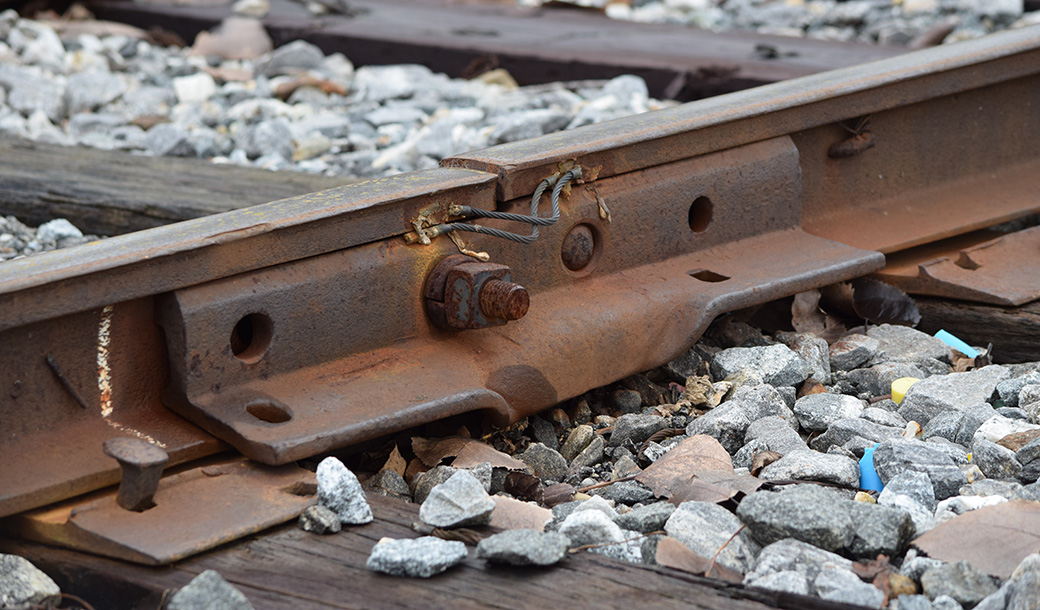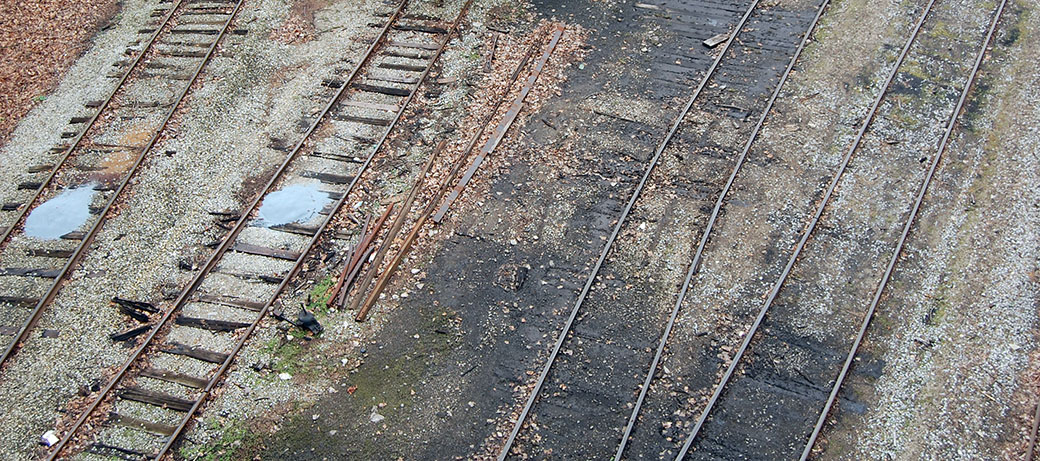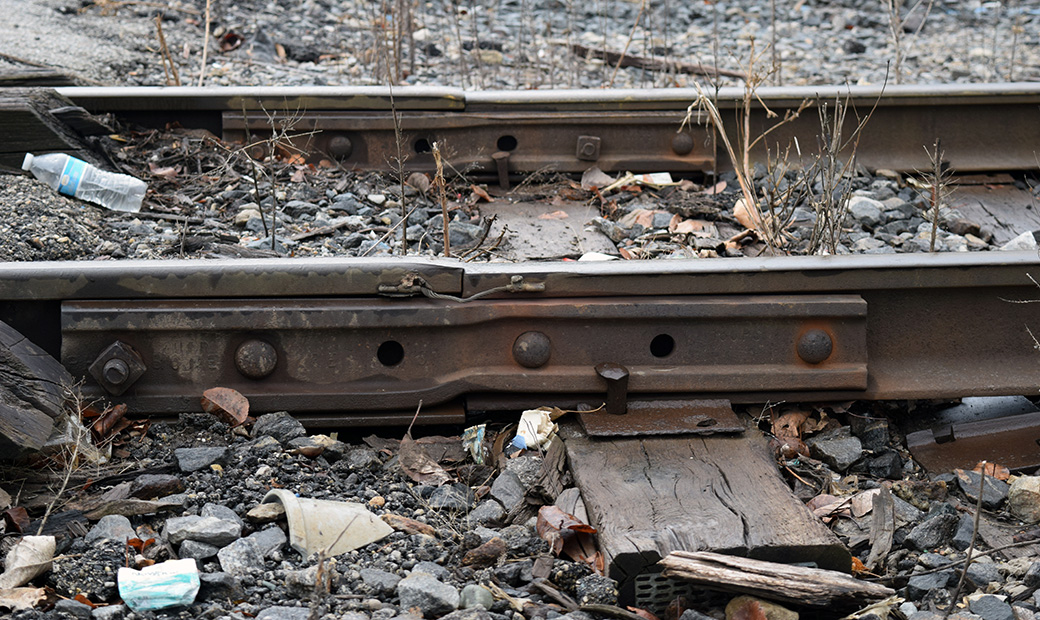For most modelers, track is a pragmatic thing. It guides the trains and provides the electrical power to make them go. As long as those two things work, people are happy. I look at track as a subject in its own right. I’m content to study a turnout or rail joint for what it is, and have learned to appreciate the forms, textures, colors and story that it tells. In that light, a static diorama that features a superbly modeled piece of track is something I can find joy and contentment in. The fact that it could also be made operable is becoming increasingly secondary for me.
More and more, I approach modeling in the same manner that an artist approaches a painting. I see choices to be made about a composition, colors and textures. I see a story that I want to tell about an object or a location and a desire to eliminate anything that detracts from that narrative. It makes no difference that I’m working in three dimensions instead of just two, the thought process is the same for me.
To render an object with power, there has to be an emotional connection between the artist and subject. I believe the same holds true if you use the word modeler instead of artist. The emotions we have toward a subject impact our ability to model it well, regardless of whether it’s a freight car, structure or section of track. Without that connection, something is missing.
Our literature obsesses over answers and formulas for how to do a thing. This blog focuses on the reasons why one might do something along with the philosophy behind such choices. Maybe it’s also time to consider the emotions that draw us again and again to the subject of trains.
Regards,
Mike



///
I am often bemused by the almost casual indifference to modelling track: after all, it is the thing which is at the very core of defining a road of rails!
It’s only a small step from this to gaining an appreciation of the science behind the profile of the wheel tyre on a railway, but this passes most modellers by.
Hi Simon,
I guess we all make choices about what’s important and what isn’t. We both know people who will beat themselves up over a misplaced rivet or other minor detail, yet think nothing of placing said model on crude oversized track. To each their own.
Mike